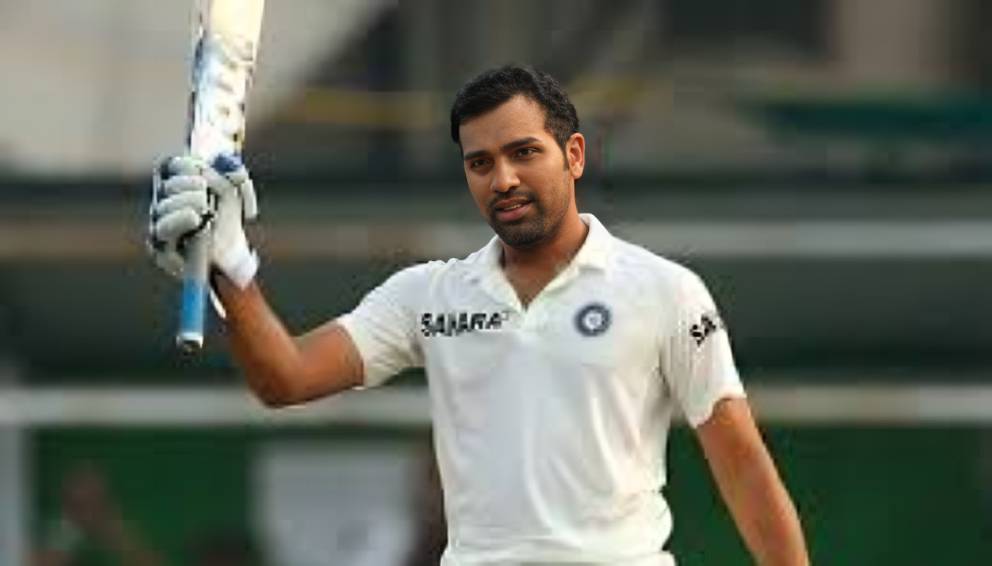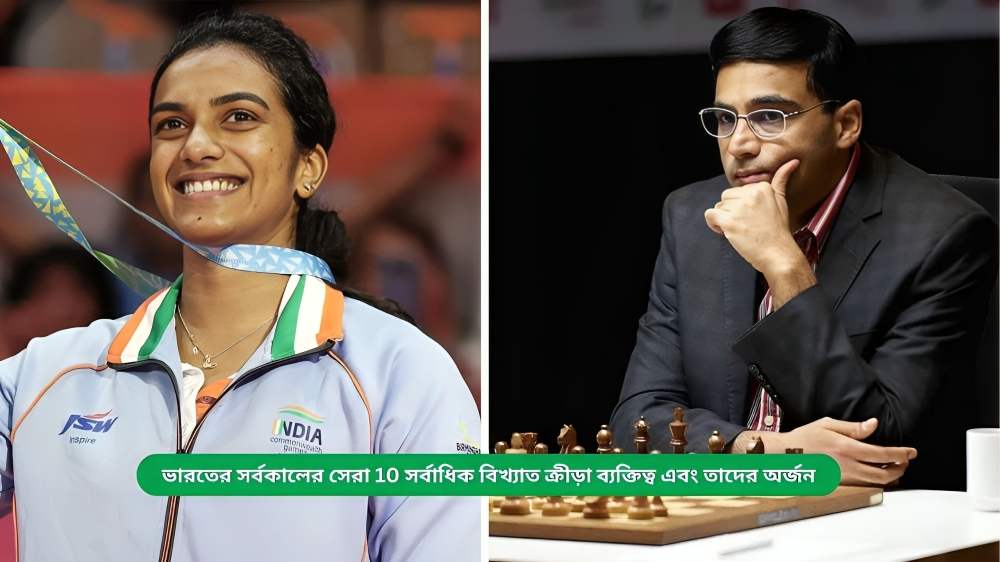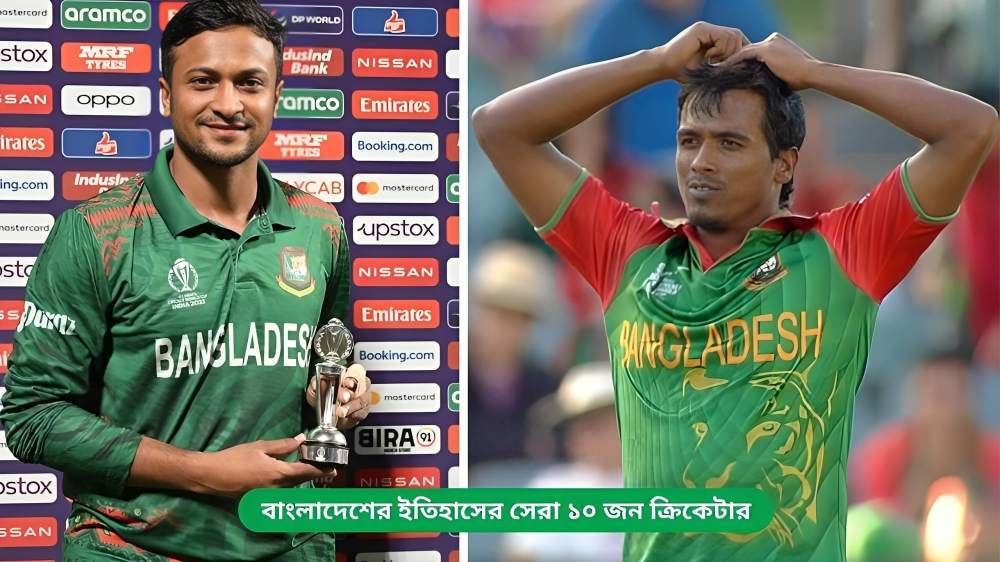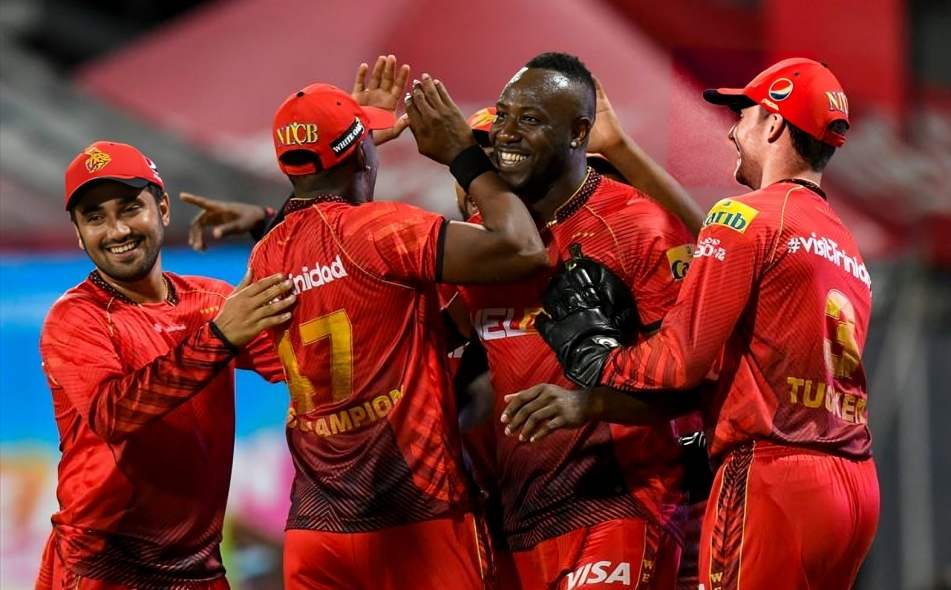
Rohit Sharma made his Test debut in 2013.
Regarded as one of India’s most talented batsmen, Rohit Sharma had already established himself in limited-overs formats, making his ODI and T20I debut in 2007. However, due to stiff competition for spots and some unfortunate injuries early in his career, he had to wait until 2013 to earn his place in the Test team.
Starting his Test career in the middle-order, Rohit made an immediate impact, scoring two centuries in his first two matches against the West Indies, during Sachin Tendulkar’s final Test series. Despite this promising start, his consistency eluded him, and he was dropped from the team in 2018. Rohit made a strong comeback in 2019, this time as an opener, following his successful stint at the top of the order in limited-overs cricket. He seized the opportunity, scoring three centuries in his first four innings as a Test opener. His breakthrough came in 2021 when he scored his maiden Test century in England. By the time the 2024 England series came to a close, Rohit had continued to deliver steady performances. However, his recent approach of playing with an aggressive “intent” as an opener has not been as effective, and his form seems to have hit a rough patch.
There is growing momentum questioning his spot in the playing XI. If he isn’t dropped from the team, Sharma may be compelled to retire from Test cricket by the end of the 2024-25 Border-Gavaskar Trophy. Surprisingly, this may not harm his career; in fact, it could potentially open up new opportunities, as we explore below.
3 Reasons Why Rohit Sharma Should Consider Retiring from Test Cricket After BGT 2024-25: Struggles with Form

Rohit Sharma has found himself in a similar predicament in Test cricket recently. In his last 11 Test innings, he has averaged a mere 12.36, with more than 25 runs coming only once.
Throughout this stretch, Rohit has been dismissed while attempting to play aggressive shots, outmaneuvered by Tim Southee’s swing, Scott Boland and Matt Henry’s seam movement, and left baffled by spinners like Mitchell Santner, Ajaz Patel, and Mehidy Hasan Miraz.
His recent form and output fail to justify his place in the team as a batsman.
Age and injuries

Rohit Sharma is now 37 years old and over 200 days beyond that milestone. His peak has likely passed, and no amount of hunger, talent, or “selfless” social media PR can defy the passage of time. Athletes, like everyone else, must accept this reality and make their exit at the right moment—before the question of “when” begins to surface among the public.
At this stage in his career, Rohit’s reflexes are slower, his hand-eye coordination not what it once was, and his eyes not as sharp as they were just a couple of years ago. This natural decline may have contributed to his more aggressive batting style, one that occasionally yields inconsistent results, especially on challenging, bowling-friendly pitches. He’s likely been forced into this approach to make the most of his time in the middle, knowing the inevitable dismissal could come at any moment.
Injuries, too, have played a significant role in hindering Rohit’s progress. Since 2020, India has played 46 Test matches, yet Rohit has missed 13 of them due to fitness concerns.
Focus on his ODI career

Rohit Sharma announced his retirement from T20 Internationals after leading India to victory in the 2024 T20 World Cup. Despite this achievement, he has consistently stated that the ODI World Cup remains the ultimate goal in cricket. Although he missed out on the 2011 World Cup squad, he featured in the next three editions, with India falling short in the latter stages.
Looking ahead, the 2027 ODI World Cup will take place when Rohit is 40 years old. For him to be part of that squad, managing his injury-prone body will be crucial. A possible solution could be to step away from Test cricket, a format where he has been struggling, allowing him the rest needed to extend his career and focus on the limited-overs formats.













